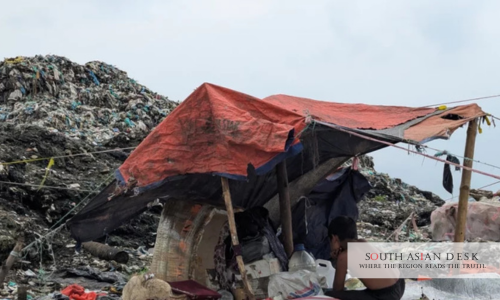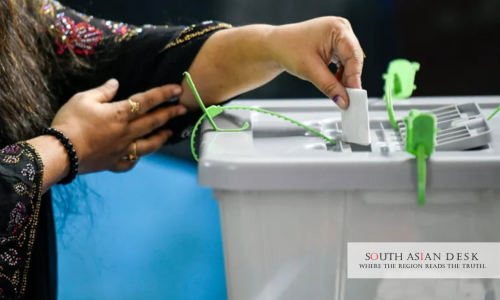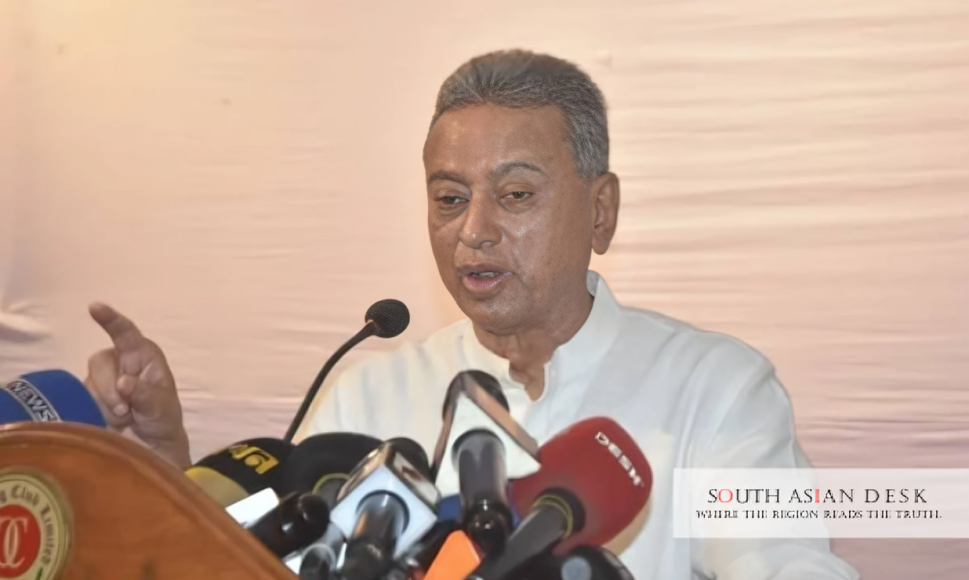Bangladesh faces a child health emergency 2025 after UNICEF reported over 100000 newborn deaths annually from preventable causes. The surge hit headlines in Dhaka on Monday at 4:35 PM. Factors include premature births, delivery complications, and infections. Rohingya camps amplify the crisis with record malnutrition cases.
Nut Graph: A Wake-Up Call for South Asia’s Vulnerable Youth
The Bangladesh child health emergency 2025 exposes shared perils across South Asia. Dense populations in delta zones battle climate shifts and urban sprawl. This strains cross-border aid flows and migration patterns. Neighbours like India and Myanmar witness spillover effects on health systems and economic stability. Robust responses here could model resilience for the region.
Bangladesh Child Health Emergency 2025: Newborn Mortality Surge
Newborns bear the brunt in this Bangladesh child health emergency 2025. Over 100000 infants die each year from avoidable issues. Another 63000 stillbirths compound the toll. Premature births claim the most lives, followed by birth asphyxia and sepsis.
The Bangladesh newborn mortality surge stems from weak maternal care. Only 58 per cent of births occur in facilities with skilled attendants. Rural gaps widen the divide. In 2024, infant mortality stood at 20.76 per 1000 live births. Projections for 2025 show a dip to 19.95, yet absolute numbers climb with population growth.
UNICEF’s April report flags systemic flaws. “Bangladesh grapples with critical hurdles in maternal and newborn health,” it states. Infections thrive in unsanitary conditions. Low vaccination rates exacerbate risks. Government data reveals 30 per cent of neonates lack basic resuscitation tools in district hospitals.
Prof Dr Md Abu Jafor, Director General of Health Services, warns of deeper impacts. “Our children suffer most from climate change. Air pollution poses the gravest threat,” he said. Brain development peaks in the first seven years. Toxins disrupt this window irreversibly.
Urban centres like Dhaka amplify the Bangladesh newborn mortality surge. Heatwaves in 2023 logged 269 days above 30°C. Dehydration strikes vulnerable infants first. Noise levels average 119 decibels, far beyond WHO’s 55-decibel limit. Vehicle horns and traffic drown out early warning signs of distress.
Rohingya Child Malnutrition Crisis Fuels Broader Alarm
Rohingya camps host a Rohingya child malnutrition crisis within the larger Bangladesh child health emergency 2025. Admissions for severe acute malnutrition jumped 27 per cent early this year. UNICEF projected 14200 cases of severe acute malnutrition among camp children for 2025.
Seven years post-arrival, malnutrition hits record highs. The crisis marks the worst since 2017 displacements. Global acute malnutrition fell to 8.6 per cent in 2024 from 15.1 per cent prior. Severe cases dropped to 0.5 per cent. Yet 2025 surges reverse gains. Floods and funding shortfalls trigger spikes.
Cox’s Bazar shelters over one million refugees. Children comprise half. Stunted growth affects 28 per cent under five. Diarrhoea outbreaks link to contaminated water. Over 40 per cent of household samples harbour E. coli.
UNICEF Deputy Representative Deepika Sharma calls for unity. “Climate change requires a collective stand. Stakeholders must enact robust policies,” she urged. The Joint Response Plan for 2025-2026 stands at 35 per cent funded as of July. This leaves 3.2 million children exposed, including 1004986 Rohingya minors.
Pollution and Climate: Core Drivers of the Crisis
Air pollution fuels the Bangladesh child health emergency 2025. In 2021, it caused 235000 deaths nationwide. Children under five accounted for 19000. Household sources like wood burning led to 69000 premature ends. Ambient PM2.5 exposure killed 13500 more.
Bangladesh topped global pollution rankings in 2023. Dhaka ranked second most polluted city from 2018-2021. Lead poisons 35 million children, per a 2023 study. Blood levels exceed WHO thresholds.
Water woes persist. Only 30 per cent of improved sources prove drinkable. Arsenic taints 95 per cent of individual tube wells in high-risk districts like Chandpur. A two-month-old named Mala died from nitrate poisoning in 2025. Water nitrates hit 15 times safety norms. E-waste adds toxins. Bangladesh produces 2.81 million tons yearly. Projections reach 4.62 million by 2035. Children near recycling hubs inhale lead and mercury.
Climate stress hits coastal belts. Salinity intrusion breeds diarrhoea and stunting. Just one per cent of health facilities offer full water, sanitation, and hygiene services. Prof Dr Nazmul Hosain, DGME head, stresses coordination. “Policy steps must curb climate harms. Government, institutions, and communities unite,” he said.
Background: From Progress to Peril
Bangladesh halved child mortality since 2000. Neonatal rates fell from 50.2 to 31.9 per 1000 live births by 2017. Gains faltered post-pandemic. Rohingya influx strained resources from 2017. The 2025 humanitarian appeal seeks USD 188.2 million for child aid. It targets refugees and hosts. Yet South Asia-wide, 47 million children need help amid disasters and shocks.
What’s Next: Pathways to Relief
UNICEF’s January-June 2025 report tracks progress. It urges scaled nutrition screening in camps. Government eyes expanded vaccinations. International donors must bridge funding gaps.
Experts push clean energy shifts. Solar pumps could slash arsenic exposure. Community surveillance aids early detection. The Bangladesh child health emergency 2025 tests resolve. Swift action promises brighter prospects for millions.
Published in SouthAsianDesk, October 2nd, 2025
Follow SouthAsianDesk on X, Instagram, and Facebook for insights on business and current affairs from across South Asia.






